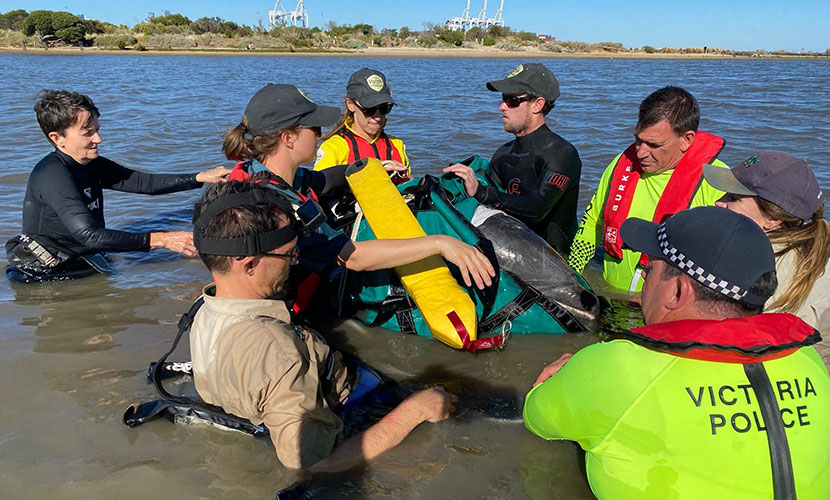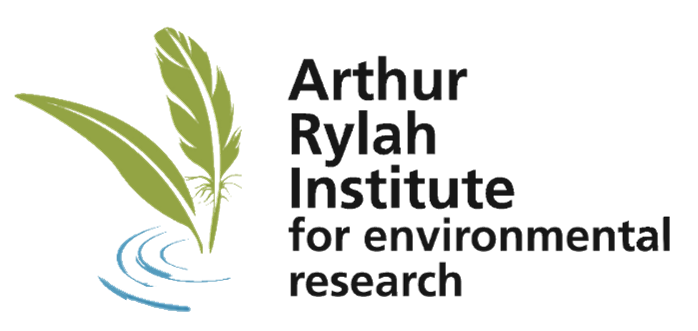
Whale and dolphin emergency records (such as stranding and entanglement events) in the Victorian Biodiversity Atlas were used as an indicator in Port Phillip Bay. Monitoring cetacean emergencies and further understanding threats to cetaceans is critical, since as ecosystem engineers cetaceans are influential for marine ecosystems (Kaschner et al., 2012; Roman et al., 2014). High numbers of emergencies within a short time period should trigger investigation on the causes as they may reflect changes further down the food chain, responses to climate change, or pollution impacts.

Photo credit: Melbourne Zoo’s Marine Response Unit and Water Police rescuing a stranded dolphin in Port Phillip Bay. Source: AAP/ Victoria Police
Cetacean species in the bay include dolphins (Burrunan dolphin and Common dolphin), and rare whale records often in the southern end of Port Phillip Bay with clear links to migratory movements of Southern Humpback Whales (Megaptera novaeangliae australis) and Southern Right Whales (Eubalaena australis), and other species including Bryde's Whale, Fin Whale, Pygmy Sperm Whale. Victoria has a long term and ongoing Southern Right Whale research and monitoring program and platform WhaleFace for collecting sightings and photo-ID data by citizens science contributions.
Page last updated: 30/10/25

